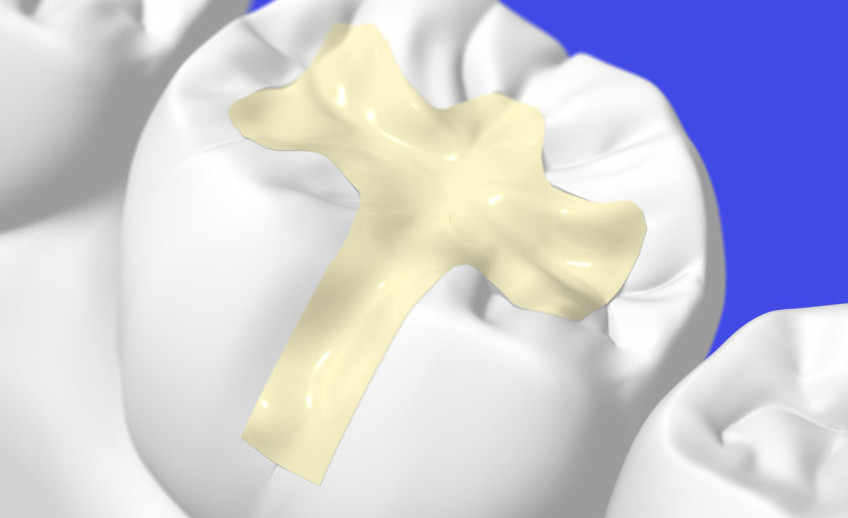A tooth that is ridden by bacteria can develop a cavity and this cavity can eat away the healthy tissues of teeth. A dentist will resolve this issue with a dental filling. The filling is given by, first, cleaning the tooth surface and then covering the cavity with an appropriate dental filling material.
In the past, the most commonly used dental filling material is silver amalgam, where various metals are combined together by using liquid mercury. The amalgam can be carried into the cavity and it can be packed, shaped and polished to appear close to the tooth’s natural anatomy. Although not exactly aesthetically appealing, amalgam provides superb strength, but it has faced a lot of controversy in the last few years because the mercury content of amalgam fillings are being related to the incidence of mercury poisoning.
Today, white fillings are used more by dentists and many of patients’ old amalgam fillings are being changed to white fillings. Apart from it being a safe and healthy restorative filling, white or composite resin fillings have become really popular because of these reasons:
- The fillings are tooth colored and they are more aesthetically appealing. Amalgam fillings are silver and they sometimes appear black, so they look dirty. Composite resin fillings can be matched to the color of the tooth so they are not noticeable like the silver fillings.
- White fillings are metal free so you do not put yourself in danger of getting a heat-sensitive filling. Metal is a good conductor of heat and the same true for amalgam fillings, but this is not going to be a problem with white fillings.
- Since white fillings blend well with the appearance of the teeth, they make very good filling materials for cosmetic work, on the anterior teeth. They can be used for dental bondings, for diastema closure and so many other cosmetic dental purposes.
- Silver amalgam have the tendency to corrode and stain the tooth and the gums adjacent to the filling. This is not only unsightly but they are not also healthy. In fact, sometimes when the amalgam fillings are being replaced with white fillings, the dentist will find that the tooth has already become badly stained by the metal. White fillings will not cause any stain on the tooth.
- When silver amalgam fillings are given to a tooth, they require a specific type of preparation. They require more divergent fillings so more tooth surface has to be removed. Composite fillings rely on the bonding material for it to be retained in the tooth so it does not require a very extensive preparation, so much of the healthy tooth surface is preserved.
- Restorations that are given tooth-colored or white fillings tend to be easier to perform. Amalgam fillings are more technique sensitive and follow very precise steps, so they take longer to carryout compared to restorations with tooth colored fillings. It is, therefore, less demanding on the patient and the dentist.

